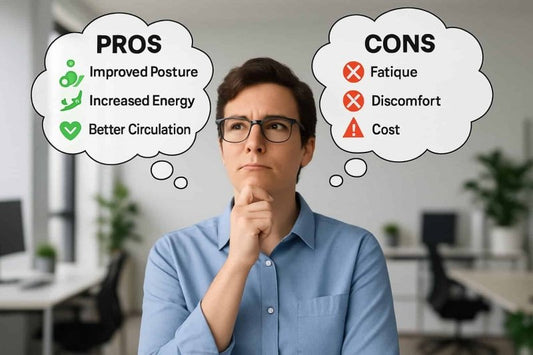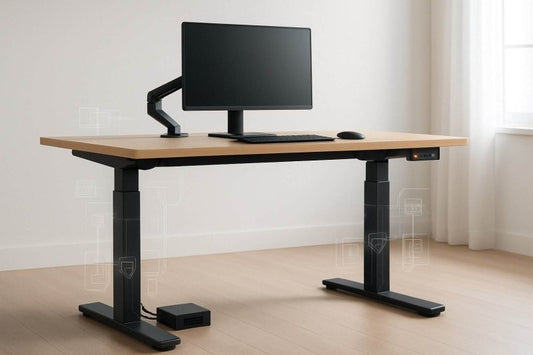News

Why Does My Office Chair Keep Going Down? Exper...
Your office chair keeps going down because the pneumatic cylinder inside has lost its ability to hold compressed nitrogen gas. This happens when internal seals wear out or crack, allowing...
Why Does My Office Chair Keep Going Down? Exper...
Your office chair keeps going down because the pneumatic cylinder inside has lost its ability to hold compressed nitrogen gas. This happens when internal seals wear out or crack, allowing...

Best Office Chair for Hip Pain: EFFYDESK's Expe...
Hip pain from office work affects millions of people daily. The wrong office chair creates pressure points and forces your body into painful positions. EFFYDESK chairs solve this problem through...
Best Office Chair for Hip Pain: EFFYDESK's Expe...
Hip pain from office work affects millions of people daily. The wrong office chair creates pressure points and forces your body into painful positions. EFFYDESK chairs solve this problem through...

How to Stop Bum Sweat on Chairs: Complete Guide...
Nobody talks about it, but everyone deals with it. That uncomfortable feeling when you stand up from your chair and notice moisture has collected underneath you. Bum sweat on chairs...
How to Stop Bum Sweat on Chairs: Complete Guide...
Nobody talks about it, but everyone deals with it. That uncomfortable feeling when you stand up from your chair and notice moisture has collected underneath you. Bum sweat on chairs...

Standing Desk Pros and Cons: Your Complete Cana...
Canadian remote workers are spending more time at home desks than ever before. Many are dealing with back pain, low energy, and that afternoon slump that makes work feel like...
Standing Desk Pros and Cons: Your Complete Cana...
Canadian remote workers are spending more time at home desks than ever before. Many are dealing with back pain, low energy, and that afternoon slump that makes work feel like...

Standing Desk Error Codes: Complete EFFYDESK Tr...
Standing desk error codes can interrupt your workflow and leave you stuck at the wrong height. These codes appear when your desk's safety systems detect problems or need attention. Error...
Standing Desk Error Codes: Complete EFFYDESK Tr...
Standing desk error codes can interrupt your workflow and leave you stuck at the wrong height. These codes appear when your desk's safety systems detect problems or need attention. Error...

How Deep Should a Desk Be? Complete Guide to Ch...
Key Takeaways Standard desk depth ranges from 24-30 inches, with 24-26 inches ideal for most home offices and 28-30 inches better for professional workstations Proper desk depth prevents eye strain...
How Deep Should a Desk Be? Complete Guide to Ch...
Key Takeaways Standard desk depth ranges from 24-30 inches, with 24-26 inches ideal for most home offices and 28-30 inches better for professional workstations Proper desk depth prevents eye strain...